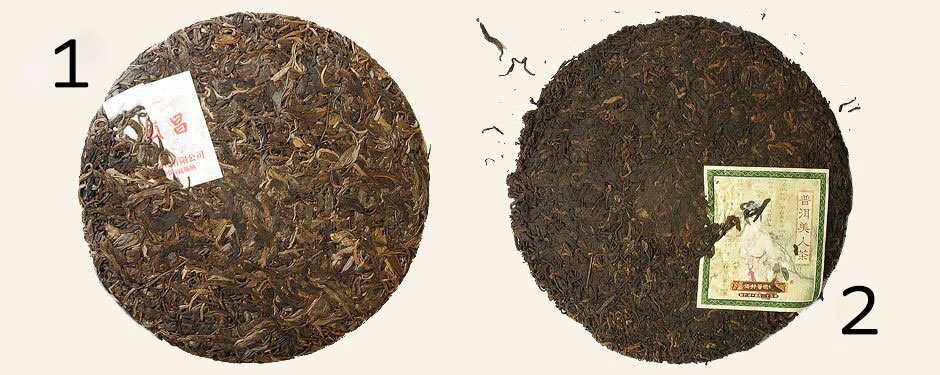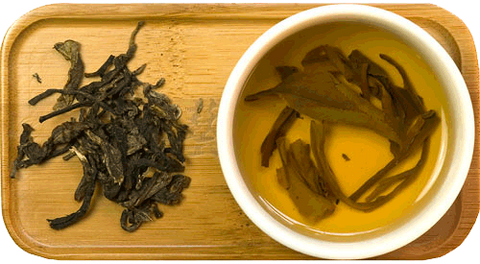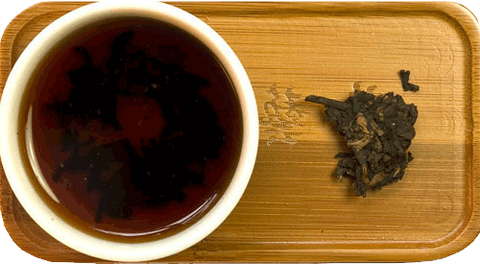Quite often neophytes of Chinese tea get confused by pu’er types. After making a purchase in the shop they find out that it is totally different from what they tasted before. Or conversely, one dislikes pu’er on the first sip and turns back on it for a long time. All the confusion with pu’ers originates from the fact that there are actually two types of them, and very different indeed. Different in color, aroma, flavor and the way they affect human body. Literally, like «heaven and earth», they differ so much that people tend to prefer only one of them.
Sheng (raw) pu’er has been known for 2000 years already. To be more correct, there was some regular tea in Yunnan province that has been named pu’er in the 18th century. A matured, 20–30 year old pu’er was of a special value. Some say it can be aged up to 100 years and still release flavor when brewed. Shu (ripe) pu’er was created in a chase to reach this tea aging. The technology thereof was invented accidentally. But later, by 1972 a conscious and successful attempt was made to develop a revolutionary technique for the expedited production of shu pu’ers from shengs, which is currently used by all Yunnan tea factories.
It was shu pu’er that made pu’ers known worldwide. It has become so popular in Europe that it often becomes an introduction to the Chinese tea tradition. But, ironically, starting with shu pu’er and travelling through all teas and their flavors, after falling in love with tastes of various tea types many tea experts become the admirers of sheng pu’er.
The word «sheng» (生) means — «raw», «born», «fresh», «new», «young». The word «shu» (熟) — «ripe», «prepared», «ready», «mature». Some long time ago a freshly made pu’er was called sheng and the aged one — shu. When two types appeared, the manufacturers started marking the packaging of fresh cakes as: sheng (生) for the traditional puer, and shu (熟) for puer produced using new technology, as it was meant to produce already matured puer.
For the start it makes sense to buy a sample of shu and sheng pu’er and decide which one is dearer for you. If you like green tea you will most likely give preference to sheng pu’er. If you usually drink red (black) teas you will go for shu. But still there are exceptions.



